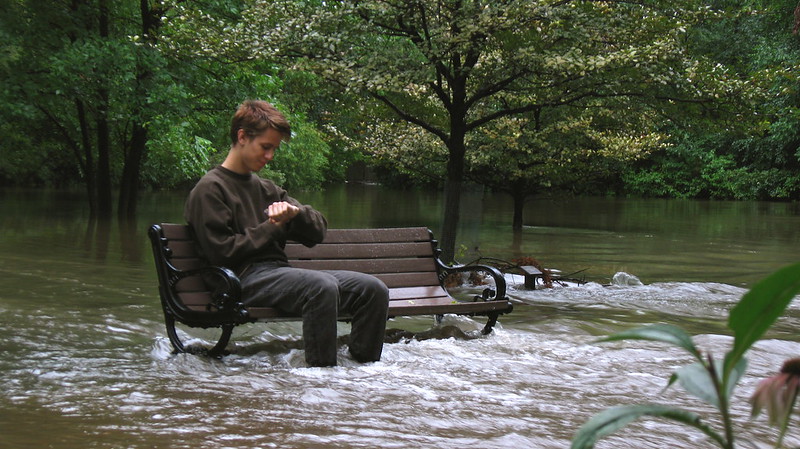
STOP PUSHING THE RIVER — Part 3
Poet John O’Donohue once beautifully said, “I would love to live like a river flows, carried by the surprise of its own unfolding.”
After about 300 years or so of living on clock time, I think we humans have gotten a pretty good idea of where that mode of moving can take us. It is not where O’Donohue would want to go.
Clock time tends to turn off the wonder-noticing parts of our brain, it seems. This is not a particularly good thing.
If you succeed at negotiating your way through clock time, your whole world gets orderly and mostly unsurprising (except in unpleasant and/or unexpected ways).


The problem, of course, is how to do a course correction in the middle of a particularly powerful current that pushes our little boats in a direction that is away from where we may actually want to go.
A SHAOLIN INTERLUDE
I stumbled over a 2023 YouTube video, “The Routine of a Shaolin Master,” that intrigued me. Apparently, it is a much-requested follow-up interview of Master Shi Heng Yi, the headmaster of the Shaolin Temple Europe in Germany. (The monk belongs to the 35th Generation of Shaolin Masters, it says here.)
The film offers an intriguing look into the mind of a warrior and achievement junkie who is also a part of a contemplative Buddhist community that values self-mastery above all else.
Interestingly enough, in this video, the master admits that he too has problems dealing with clock-time.
……
The video was put together by the Mulligan Brothers Company (three brothers named Jordan, Luke and William) and is one of many mini-documentaries hosted by Jordan who talks to people who have done extraordinary things in the world.
The boys from Nottingham England use the interviews to make short films that are meant to “inspire change for good in the world.”
Starting out with a home video camera and a computer bought while working at minimum-wage jobs, the three established a YouTube network housing five motivational and inspirational YouTube channels. They are well over halfway to their goal of “inspiring a billion people.”
……
After I saw the video, the Light of My Life (LOML) and I were discussing the turbulent history of the warrior monks at the Shaolin temple in Henan province, China.
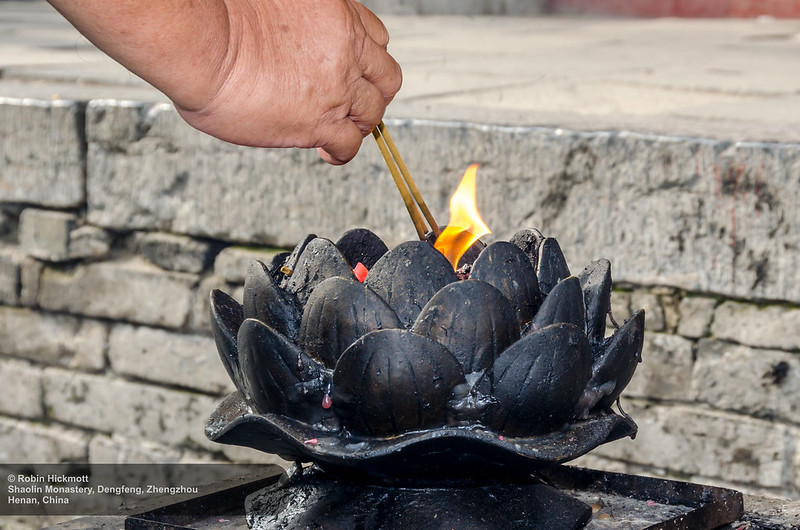
Shaolin remained a hotbed of rebellion and their martial artistry became legend. Succeeding governments often found reasons to assault the monks again over the years. In the aftermath of each attack there were always some staunch practitioners who returned to rebuild as best as they could and to continue their own legacy.

It was attacked again during the Chinese Cultural Revolution (from 1966 to 1976). And, once again, the Shaolin Temple rose.
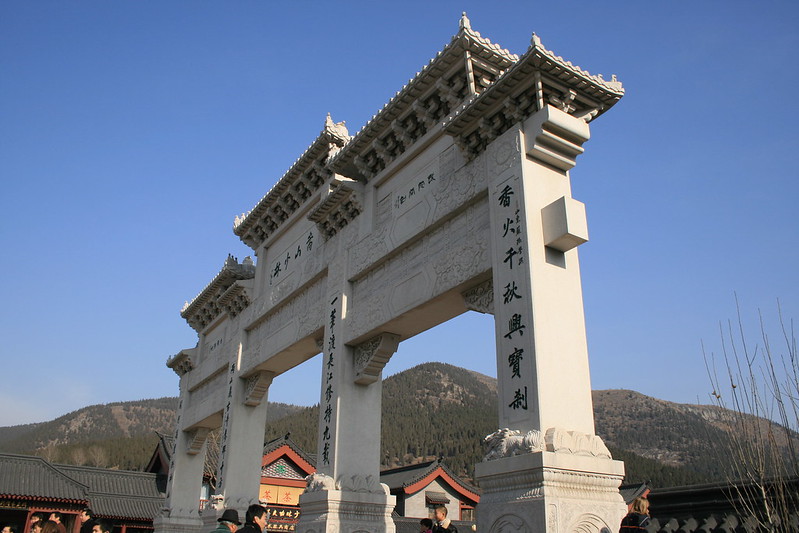
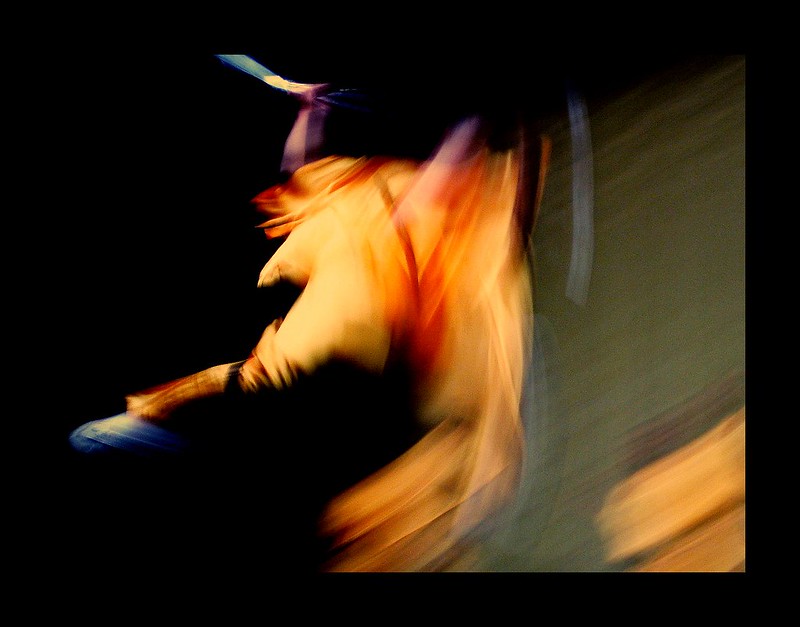
Each time, in the interludes between the attacks, remnants of the group’s practitioners (many of whom seem to have spread throughout the world) continued to practice their art and to expand their base of knowledge and wisdoms.
But, that’s another story.
CHANGING YOUR LIFE-WALK AND AIMING FOR ALIGNMENT WITH YOU
At one point, I asked the LOML what he would do if he were a well-known general or a former power dude who had retired to the Shaolin monastery. How would he make the transition from being an Uber-warrior or a person of real influence and power to becoming a monk in a contemplative community?
It seemed to me that the old warriors as well as former business power-houses and government leaders would face the hardest transitions of all. They would need to let go of a life of extreme doing and enter one focusing on just being.
Actually, the video did help me understand that the monks who were once extreme movers and shakers of the world did manage to find an inner peace through the teachings of the monastery, but their way of walking sure didn’t seem to produce positivity-focused, affirmation-spouting, airy-fairy sorts.

The LOML thought on my question for a couple or three heartbeats and then he said, “I think I’d ask myself what I was doing before I decided it was a good day to die.”
“Good answer,” I said, delighted by his choice of words.
STEPPING BACK FROM CLOCK TIME
It struck me that probably, the LOML’s question would make a good starting point for figuring out how to back away from living in clock time.
Think about it.
The whole point of adopting the clock-time mindset was to further assorted goals and objectives meant to benefit society-at-large as well as help keep a corporate minion’s own body and soul together. In many ways, clock time was a very beneficial social innovation.

So, it stands to reason that if you happen to be stuck in clock-time mode, asking what you were doing before you decided it was a good time to die might be the best way to shed your hard-won “expert mind” and get back to what is called “Beginner Mind.”
FIRST STEP TO MAKING CHANGES: GETTING BACK TO BEGINNER MIND
“Beginner Mind” is the Taoist concept of an awareness that you are at the threshold to another way of living about which you know nothing. It is often compared to becoming like an uncarved block of wood and is contrasted with “Expert Mind,” the one where you know a lot about something or other.

As Lina Connerly, the tough and very smart protagonist of author Michelle Richmond’s fast-paced potato-chip novel, THE WONDER TEST, muses:
“I can’t unsee what I’ve seen, I can’t unlearn what I know. Each place, each decision, each experience, has become a part of me, no more than my head, no less than my heart.”
Life is a series of decisions about all the forks in the road that you encounter: this or that, yes or no, left or right. You make your own choices and select your own paths (or you make new trails).
As you go through your days, all of your choices – directions taken and decisions made — pile up. Slowly interweaving, interacting, morphing, compounding (and maybe even mulching) the pile continuously gets built up by you. The end-result of all that doing is the person you are now. Who you are does not go away.
In any case, you are not actually aiming to become a new-born baby when you reach for Beginner Mind. All you’re trying to do is emulate a blank chalkboard, ready to accept new writings.
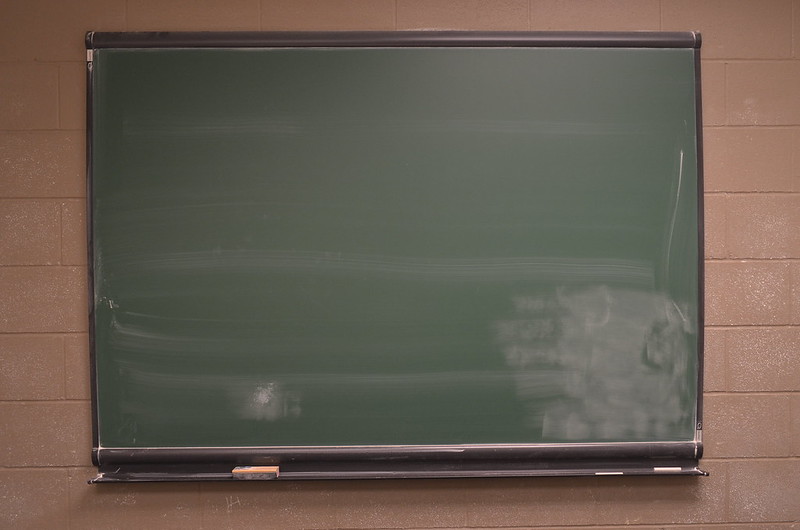
MAKING A LIST AND CHECKING IT TWICE
Asking “What was I doing before I decided it was a good day to die?” may help you ferret out old curiosities and favored ways of walking that might have been shelved during your own personal clock-time interregnum. Here’s an exercise to try as an antidote:
- Collect your answers to the question. Write them down. Make your list a running list.
- Spend a few minutes every day (you can even make it a thirty-day challenge) to keep on coming back to that question and writing down your answers.
- One of the things you might want to explore is the art of doing nothing or just fooling around. Add that one to the list as well.
- Once you’ve got a biggish list, stop. Stick it in a drawer for a week or so.
- Then, take a look at the list and see whether you want to add or delete things from the list.
- You may want to consolidate some of your answers and see if you can fit two or more closely related curiosities in one activity or path you’d like to explore. It can make you feel clever and really productive, that.
- You may think of more things you want to explore. Add them to the list.
The thing to keep in mind when making a change in the way you walk is this:
It all boils down to knowing your Why and then figuring out the What that will make your How the path you want it to be. It would be good if that path was a way that includes as many of your curiosity-satisfying activities as you like.
(That “quote” is mine. I just made it up.)
Once your list is finished, there are several possible responses you might have:
- You may find a whole load of curiosity itches you’d like to scratch, or maybe you won’t.
- You might notice that there is one thing you used to like to do. It still sparkles at you after all this time, even though you decided, once upon a time, that there was no room for it in your life any more. Maybe there might be a way you could get it back into your life again.
- You might realize that all of the “very important stuff” you’ve been doing for whatever reason really don’t mean a heck of a lot to you. Not only that, but they may also be interfering with doing the things you really feel that you need to be doing to make your own dream come real.
- You may want to learn how to scale back on the amount or the intensity of the things you are doing that have no meaning for you.
- You may just want to learn how to comfortably do nothing at all.
(You may even think of other responses that are just as valid.)
Making the list can act like windshield wipers that whoosh the mud thrown up by trying to fulfill a plethora of conflicting expectations, imperatives, and desires put upon you by other people (or even by your own perfectionist self). The list will help you identify and remove the guck that is blocking your own clarity about your own self-definition, your own purposes and your own dreams.
This is a big help when you’re trying to figure out what you need to do to make the time and the space for the things that you value in your life. You will at least have a better idea of what matters to you and you’ll have an easier time aligning and making your life congruent with your own self-definitions and your own dreams.
WALKING THE SPIRAL
And here we are spiraling back again to Life-Its-Own-Self and Time.
In all of this dancing around, keep in mind that you are trying to figure out how to slide out from under the importunings of the clock and other time-measuring devices.
Do try to remember, however, that you will probably never get rid of the need to interact with Time or with Life-Its-Own-Self.
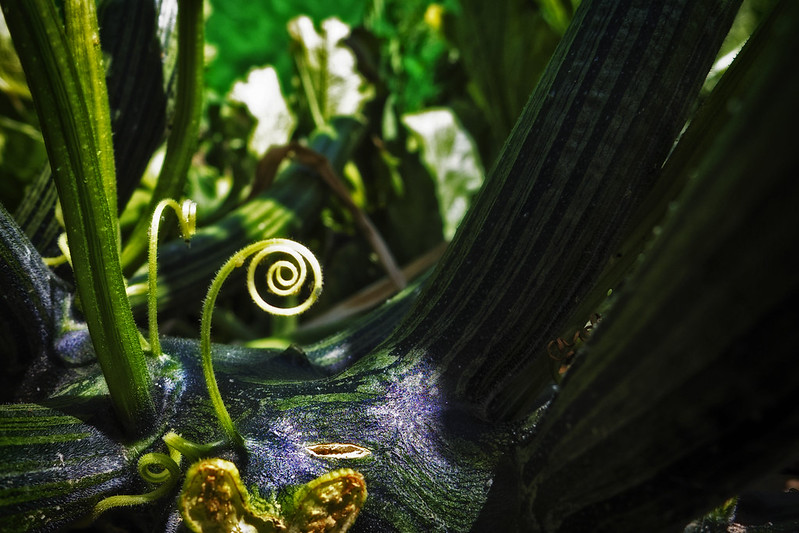
ANOTHER DOSE OF THE SHAOLIN MASTER
If you’d like more of Master Shi Heng Yi’s thoughts on stuff like this, click on the button below. It will take you to one of his TEDTalks. This talk is about what he calls the “5 Hindrances to Self-Mastery.” It was uploaded to YouTube in 2020. I found it very interesting. Maybe you will too.
[TO BE CONTINUED]
Here’s a poem:
SEED MOON
New moon, seed moon
The dark of new beginning
Pulling me towards the edge
Of yet another void,
Another chaotic vortex that
Challenges and beckons.
Vertigo is going to set in
One of these days, moon.
I’m going to tumble into
That dark and slicker pool
And drown in all the conundrums
That slosh around at the bottom
Of this cliff where I am standing,
Trembling.
Yeah, yeah, I know…it’s your job
And I’m supposed to figure out how to fly.
By Netta Kanoho
Header Photo Credit: “Making sure of the time” by vivek jena via Flickr [CC BY 2.0]
……
SOME OTHER POSTS TO EXPLORE
(Click on each of the post titles below and see where it takes you….)
……
Thanks for your visit. I’d appreciate it if you would drop a note or comment below and tell me your thoughts.
6 thoughts on “STOP PUSHING THE RIVER — Part 3”
The article “Stop Pushing the River – Part 3” from Life Built Poems explores the concept of finding flow by letting go and surrendering to the natural rhythm of life.
The author encourages readers to release their attachment to controlling outcomes and instead embrace the beauty of surrender.
This thought-provoking article reminds us of the power in allowing life to unfold organically, and offers insights on how to navigate challenges with grace and acceptance. Thanks to the author for the valuable article!
Steve Steve, thanks for your visit and for sharing your thoughts on the post. I was intrigued by your take on it.
Please do come again.
This article beautifully explores the concept of living in clock time and the potential limitations it imposes on our sense of wonder and personal aspirations.
The mention of the Shaolin Temple and the transition from a life of power to one of contemplation adds an intriguing perspective.
The idea of embracing a “Beginner Mind” and asking oneself what one was doing before deciding it was a good day to die is a thought-provoking approach to shedding the constraints of clock time.
The article emphasizes the importance of self-reflection and aligning our actions with our true passions and curiosities.
Overall, it encourages readers to explore new paths and find meaning beyond the confines of societal expectations.
Thanks for stopping by and for sharing your thoughts, Jason. Your comments make me feel that I’ve done the thing well.
Thank you.
Please do come again.
How wonderful that is. This explores the idea of living in balance with life’s inherent flow instead of resisting it.
The essay, which promotes living by sincere emotions and curiosities, weaves historical insights, the idea of the “Beginner Mind,” and personal essays. It implies that inner serenity and contentment can result from letting go of the unrelenting ‘clock time’ pace and adopting a more reflective one.
This thought-provoking piece prompts Readers to reevaluate their perspective on life and time.
Sara, thanks for your visit and for sharing your thoughts. I do appreciate it. (Yay! Yay! Looks like the thing worked!)
Please do come again.